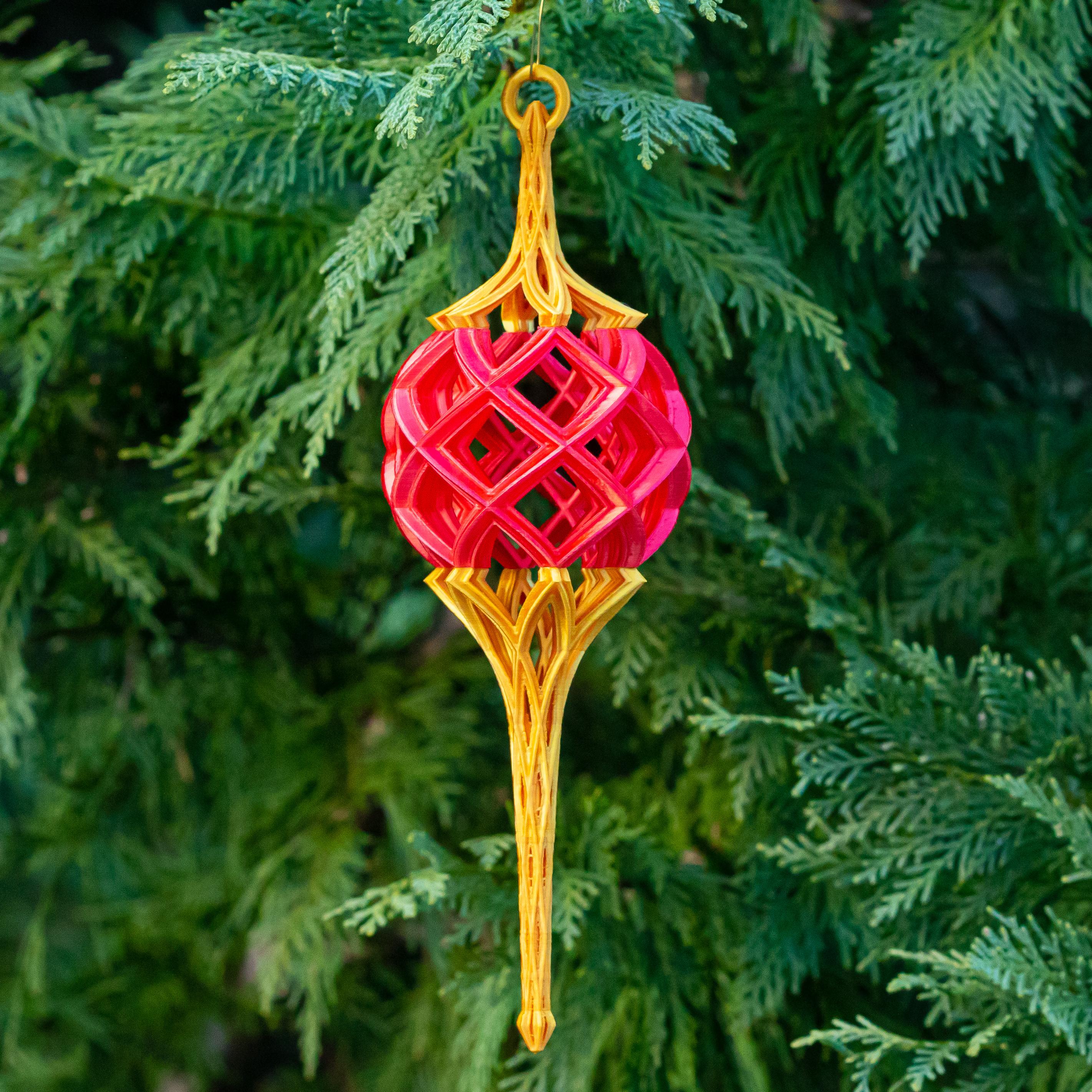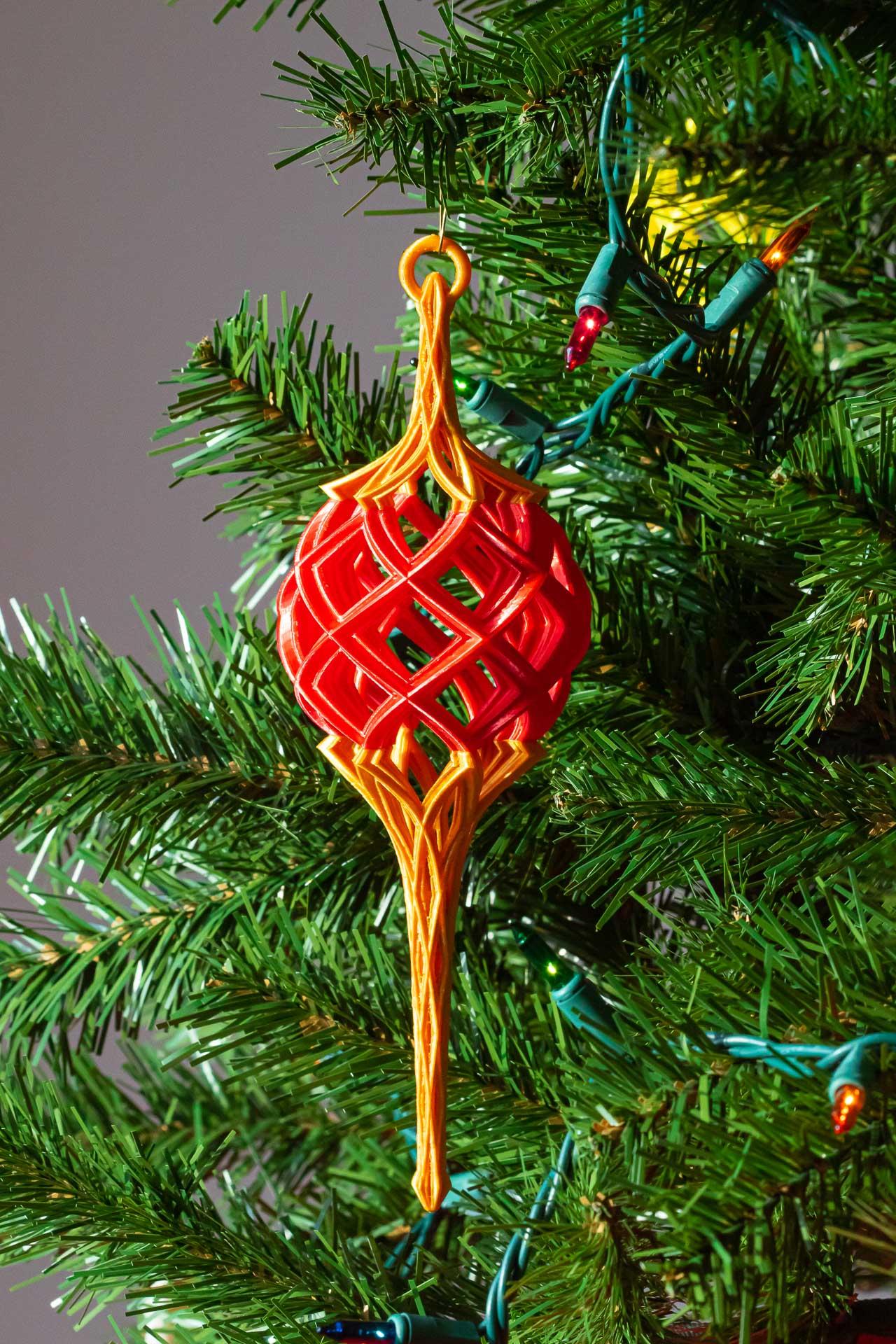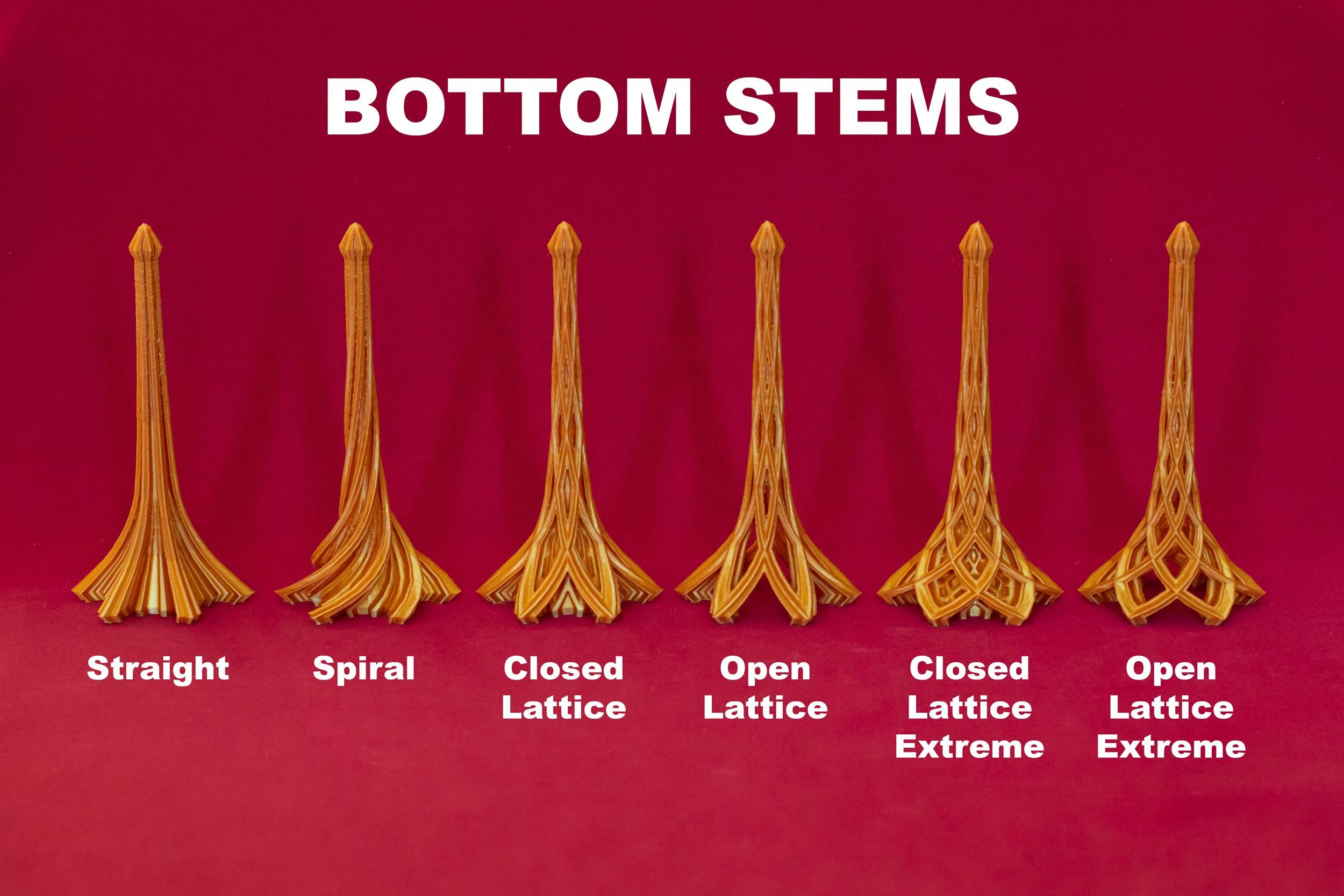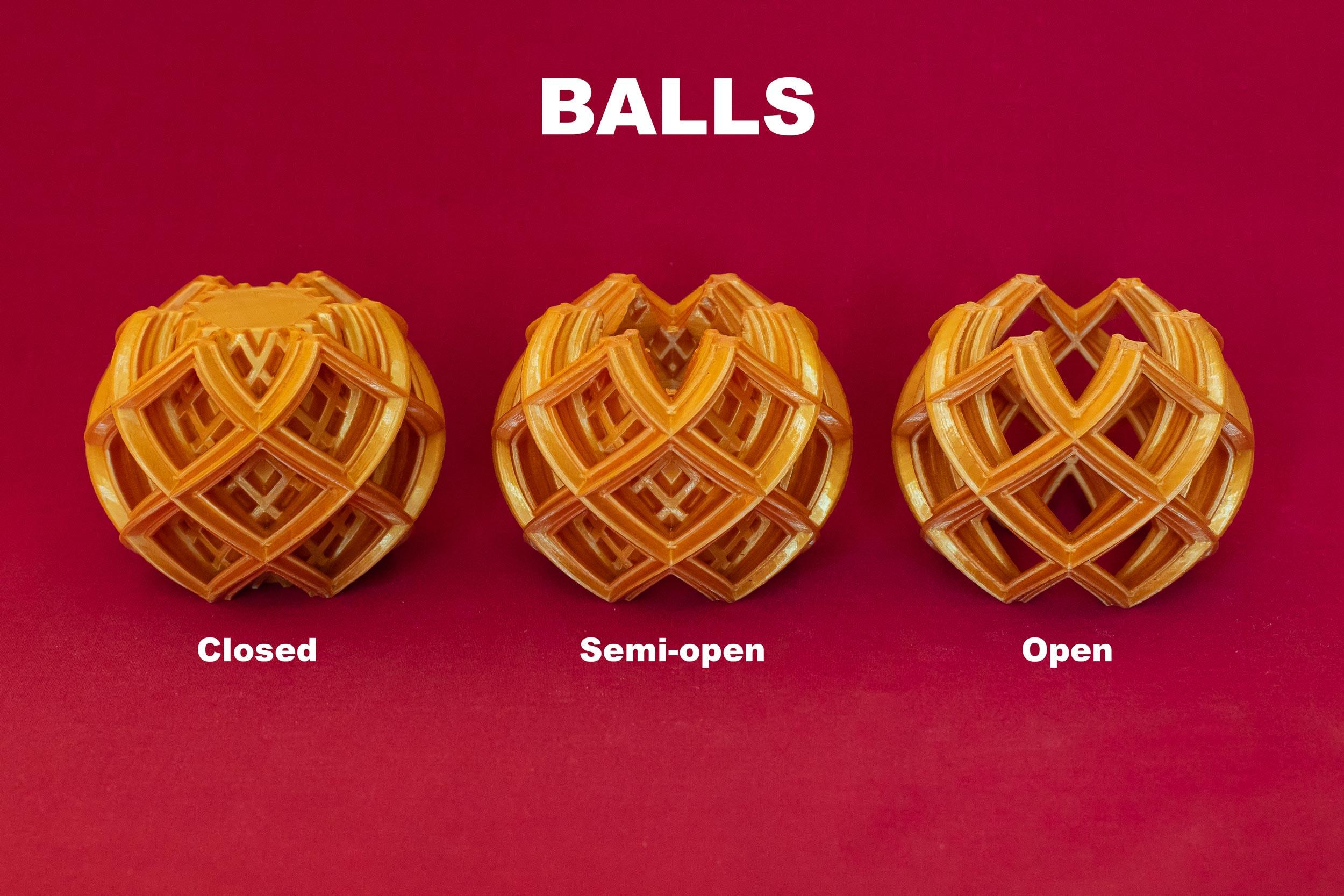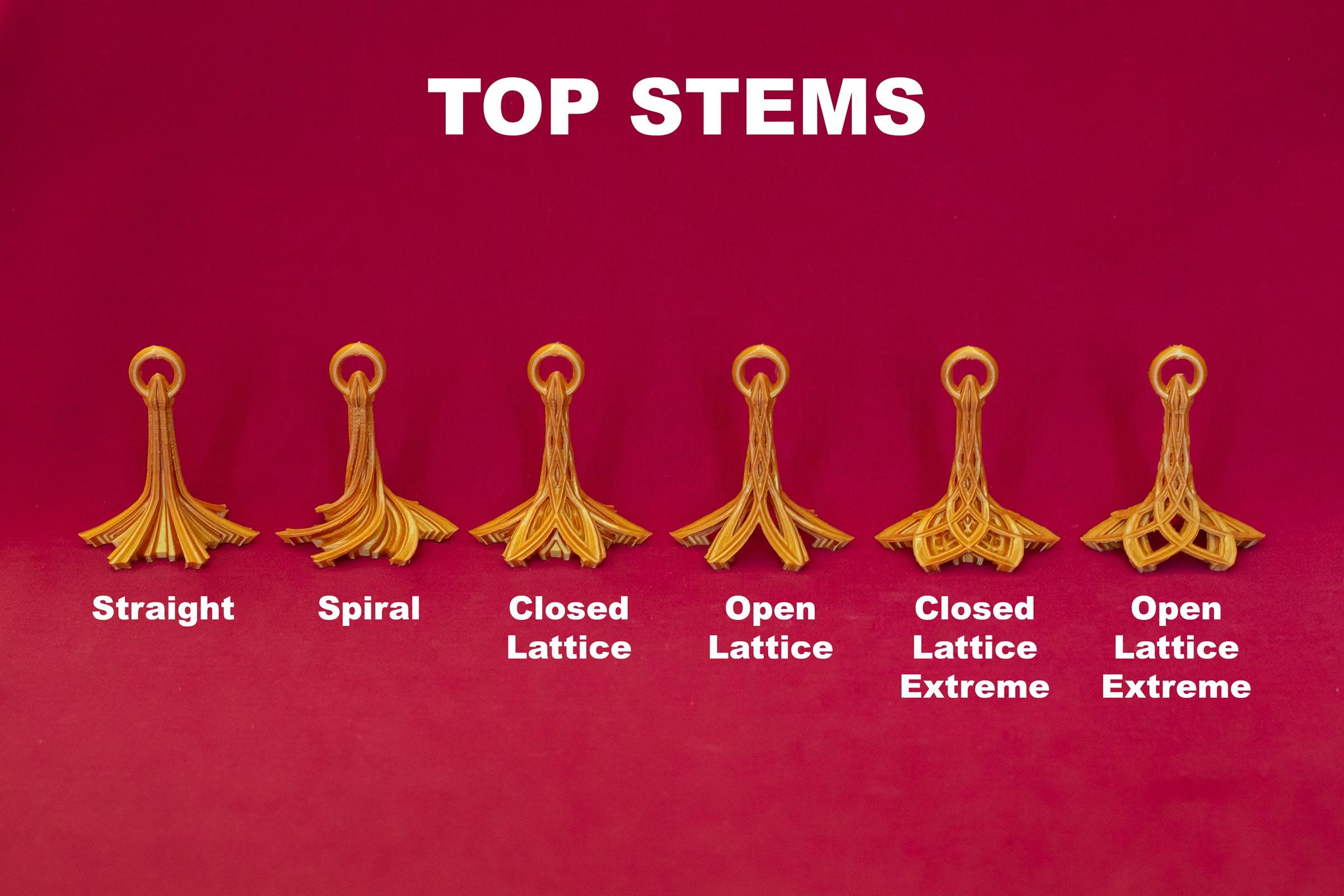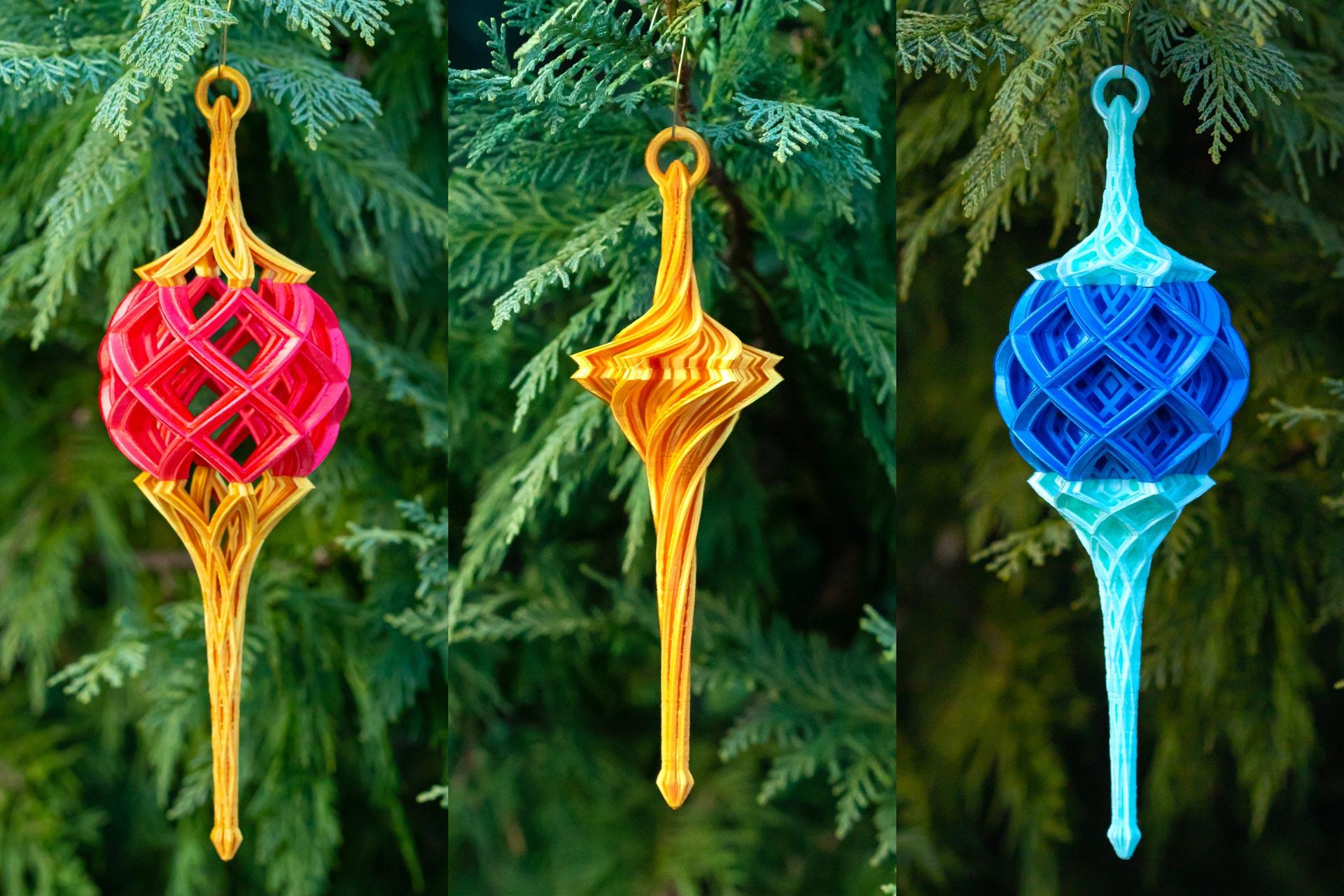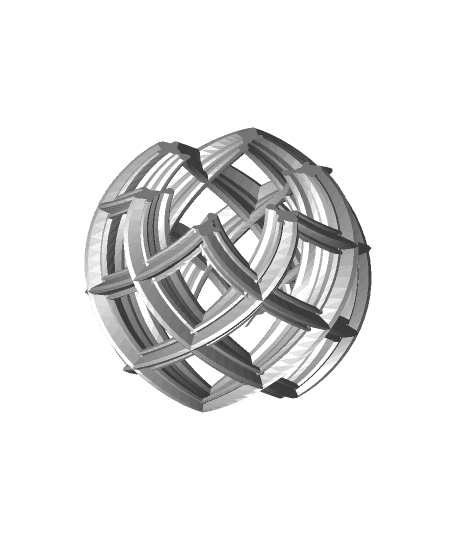Christmas Balls with Stems
This is a set of modular Christmas ornaments that you can mix and match endlessly. There are 3 balls, 6 top stems, and 6 bottom stems. Besides attaching one top stem, ball, and one bottom stem, you can attach just the stems or stack multiple balls in the middle. Have fun and please post what you make. I consider this a work in progress. The standard configuration (two stems and a ball) is about 215mm (8.5 inches) high.
Not for commercial use. Please see license agreement.
RESIZING These should scale up well, but I would be surprised if they would print smaller using a consumer FDM printer. Using a resin printer, you could probably print them much smaller.
PRINT TIME One set of the three pieces takes about 10 hours depending on which pieces you choose.
PRINT SETTINGS The trickiest parts to print are the stops of the stems. Using FDM, if you don't get the temp, speed, flow, and cooling right, the thin parts of the stem will melt as you print. Thinner walls help. If that's not enough, try increasing the layer height.
Thickness
- Layer thickness: .15 mm
- Wall thickness: 0.4 – 0.8 mm
Infill I used 7% gyro infill for the “closed” ball. It's the only part that needs infill.
Adding infill to the “open” and “semi-open” balls just adds weight. Adding infill to the stems just increases the chances that the narrow parts will melt as it prints.
Speed I've tried a variety of speeds. Lately, I print the bottoms of the stems at 30 mm/sec and the tops at 50 mm/sec.
Build Plate Adhesion I don't think you'll probably need a raft or brim for the “closed” ball.
For the “closed” stems, I recommend using a brim so the edges stay flat.
For the “open” stems and balls, I recommend you use a raft to keep the pieces from moving during the print. They are print to wobble or just release from the bed until they merge together at the first intersection of the lattice.
Supports I used tree supports for just one piece – the top stem with the extreme open lattice pattern. For that, I used tree supports with an overhang angle of 70 degrees.
